
Comparing Green & Red Laser Technology
Rob PincusGreen lasers are still a relatively new option for most people who carry defensive firearms, and even those who strongly believe in lasers on those guns still have some questions about how much better a green laser is than a traditional red one. In this video, Rob Pincus compares a green and red laser (both from the same company and using the latest technology) side by side so you can see the difference yourself. Generally, the green laser dot will be brighter and appear larger than the red laser dot in typical defensive shooting conditions.
Share tips, start a discussion or ask one of our experts or other students a question.
Already a member? Sign in
10 Responses to “Comparing Green & Red Laser Technology”
Explore videos by Rob Pincus
Premium Membership
Unlock exclusive member content from our industry experts.
- 24/7 Access to Premium Personal Defense and Firearm Training Videos and Drills
- Step-by-Step Instructional Demos and Guides
- 50% Off Video Downloads Purchased in the Personal Defense Network Shop
- Access to Ask the Expert Program
Unlock exclusive member content from our industry experts.
- 24/7 Access to Premium Personal Defense and Firearm Training Videos and Drills
- Step-by-Step Instructional Demos and Guides
- 2 Full-Length Video Downloads to Watch Offline
- 50% Off Video Downloads Purchased in the Personal Defense Network Shop
- Access to Ask the Expert Program
Gold Membership
$340 Value
Get everything included in Premium plus exclusive Gold Membership benefits.
- 24/7 Access to Premium Personal Defense and Firearm Training Videos and Drills
- Step-by-Step Instructional Demos and Guides
- 9 Full-Length Video Downloads to Watch Offline
- 2 Full-Length Personal Defense Classes to Keep for Life
- 2 In-Depth Skill Development Presentations
- Discounts on Purchase-to-Own Content in the Personal Defense Network Shop
- Access to Ask the Expert Program
- Exclusive GOLD LIVE Streaming Events
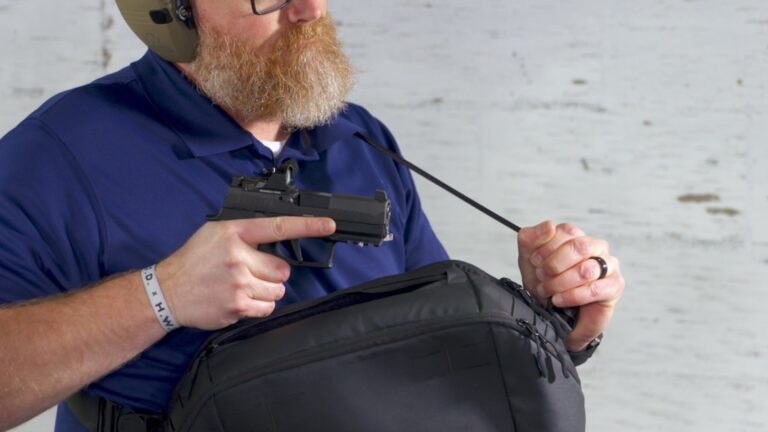
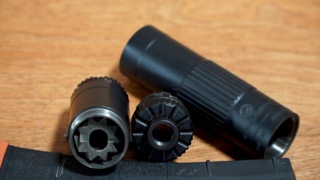
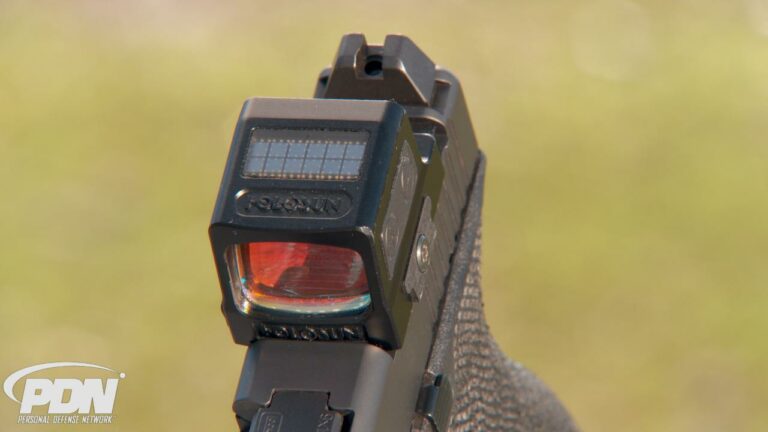
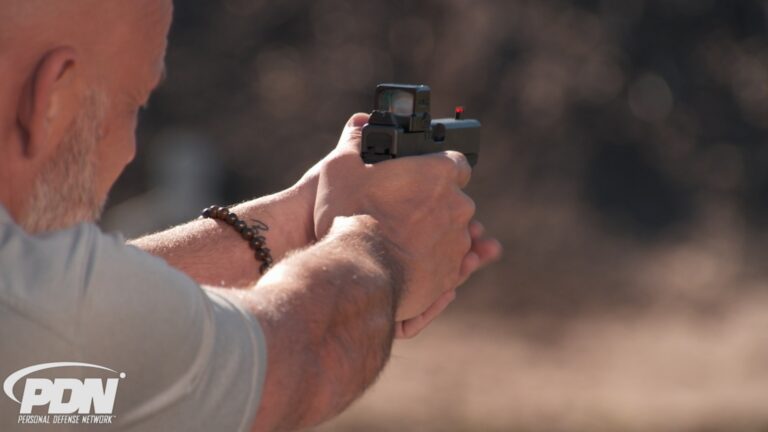


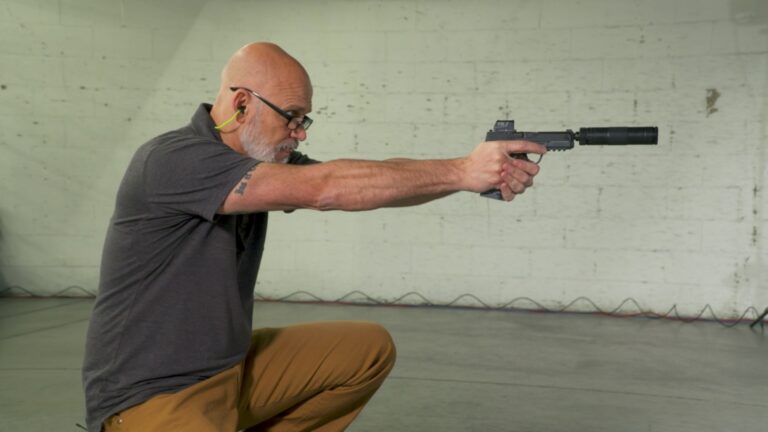
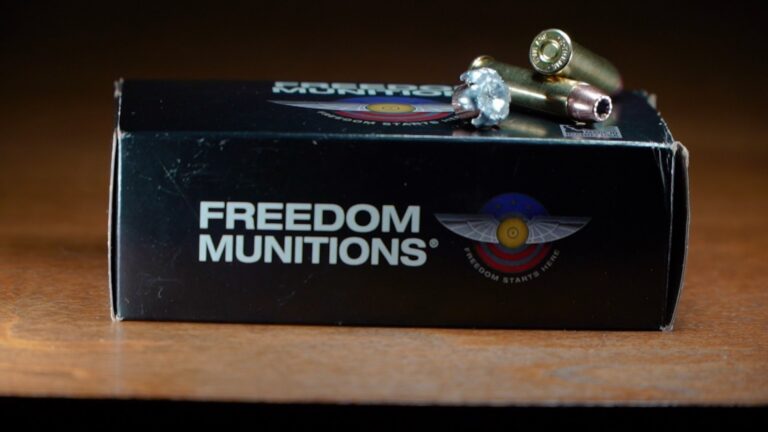


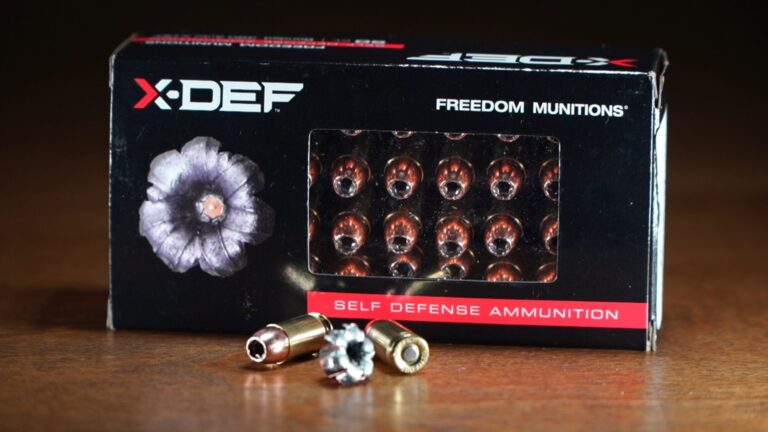
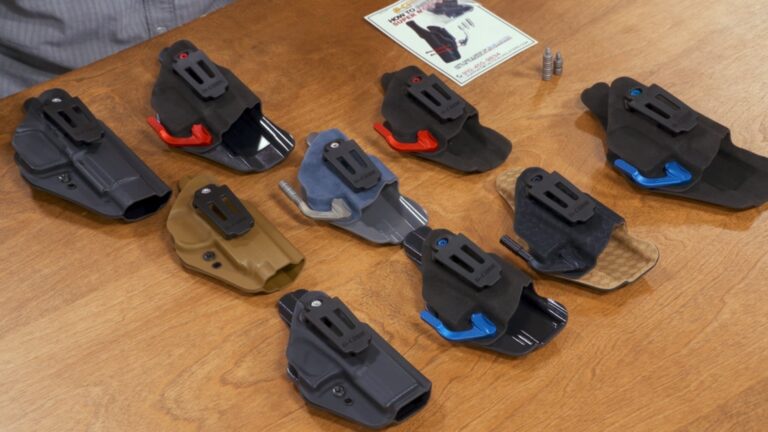
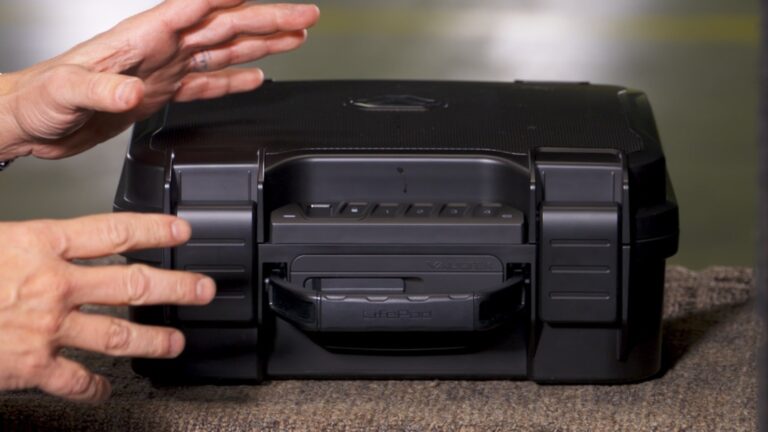
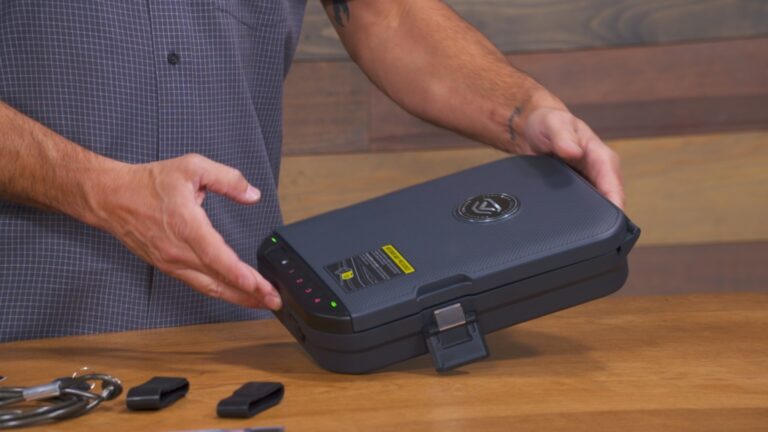
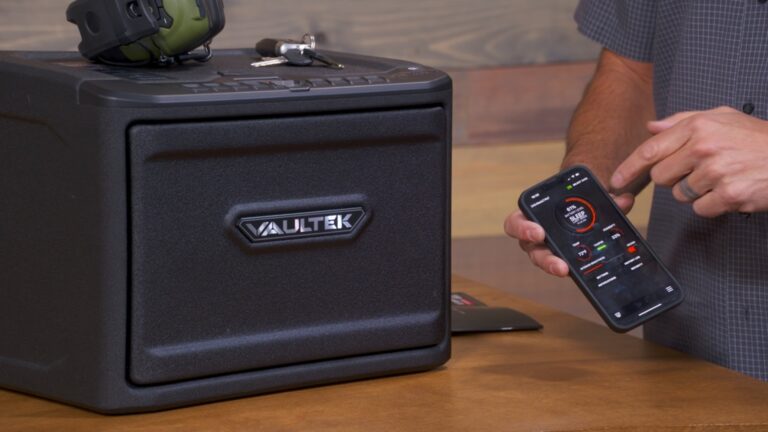
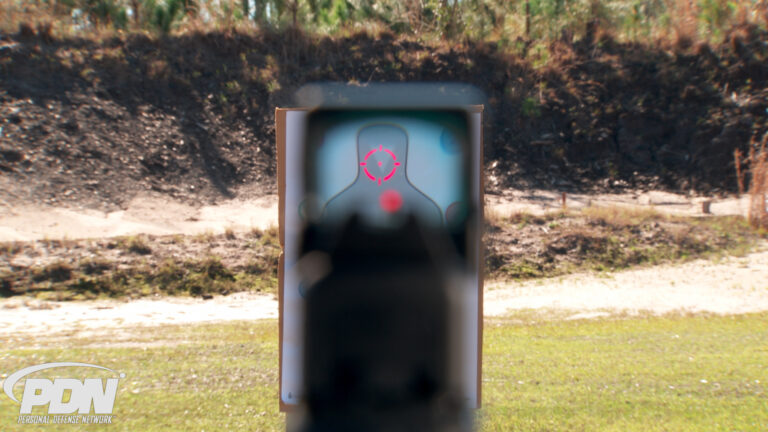
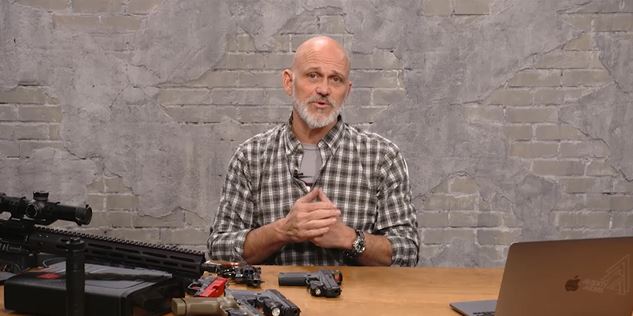


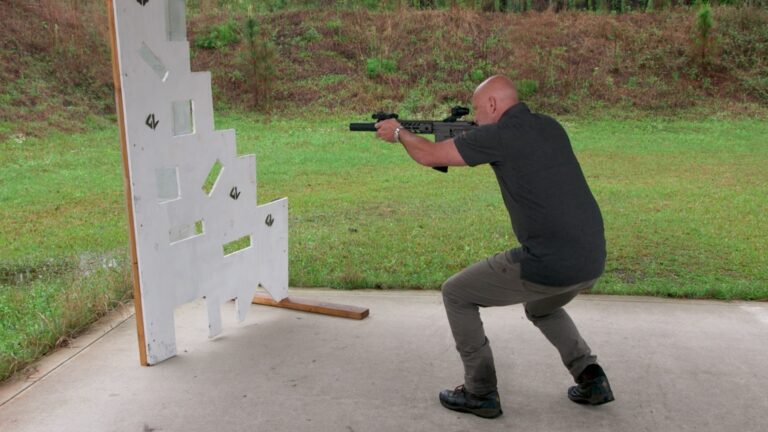
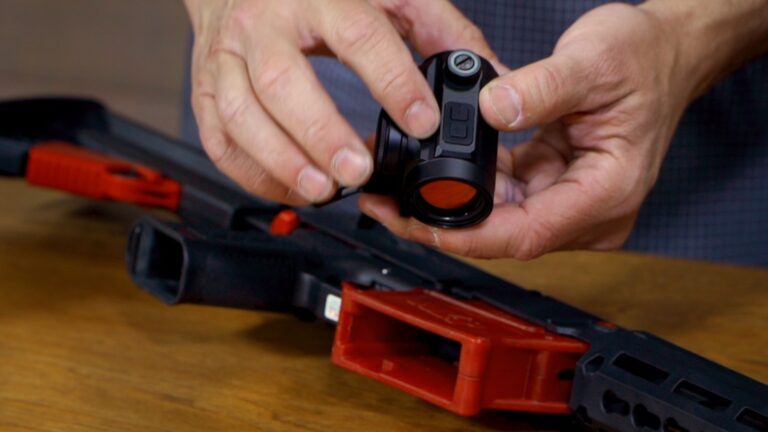
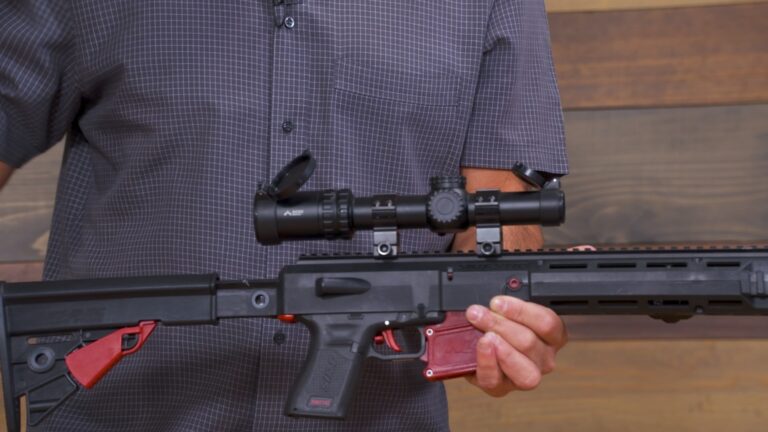
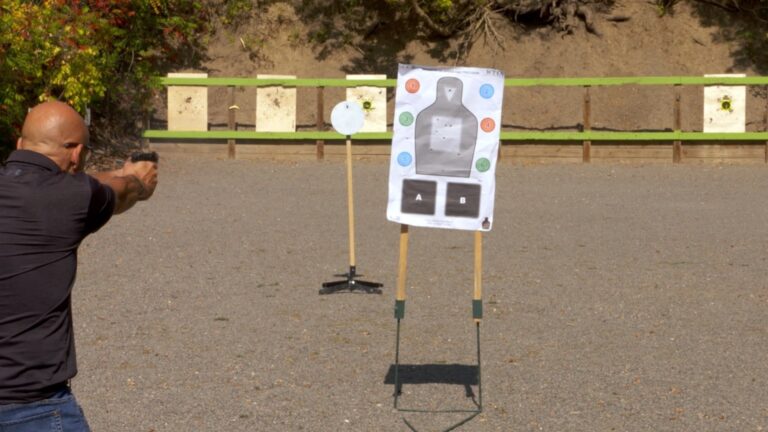
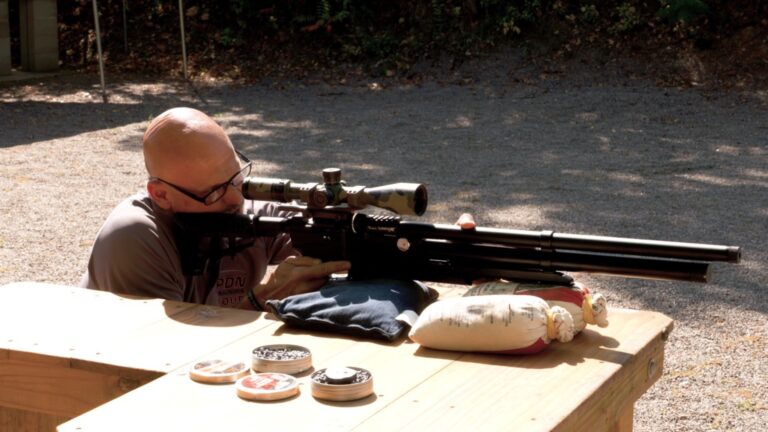
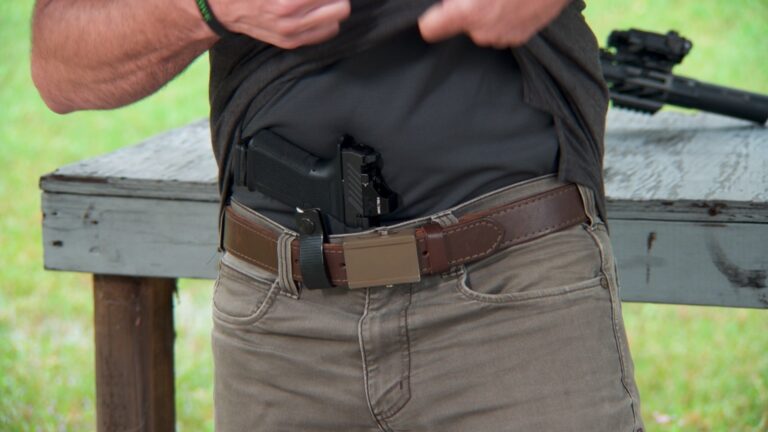
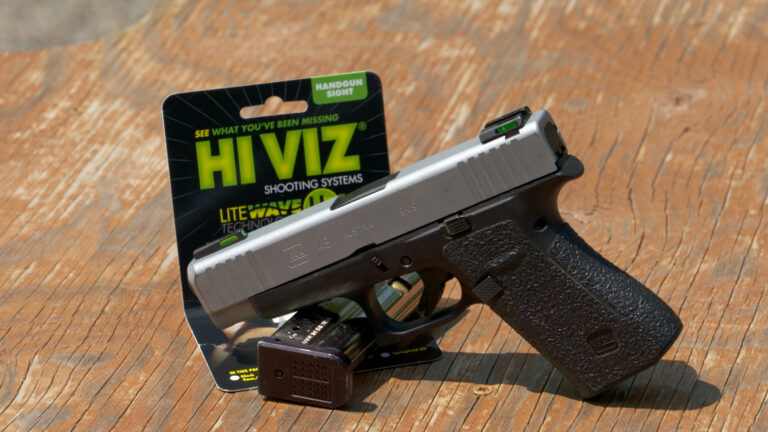
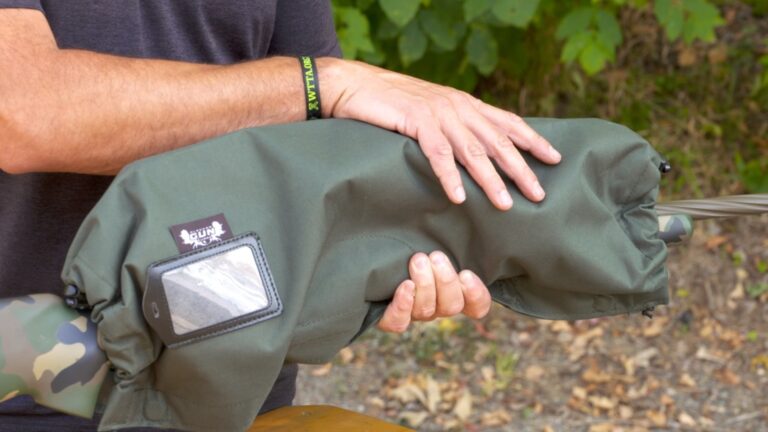
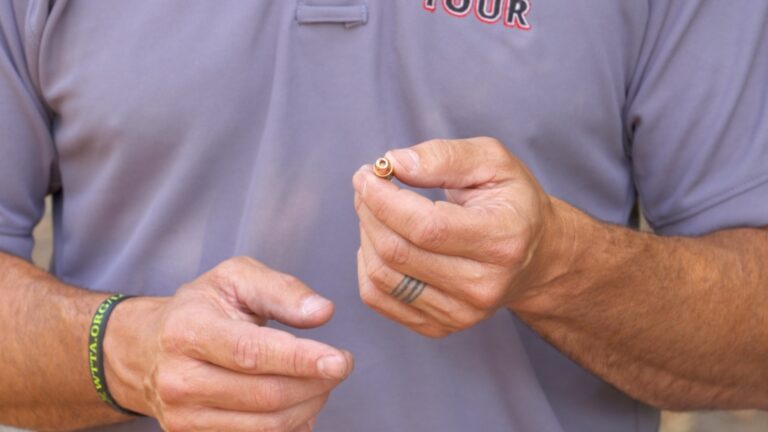

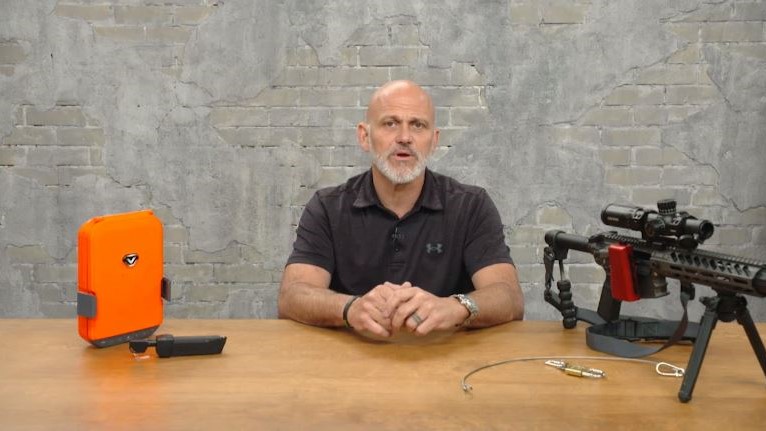

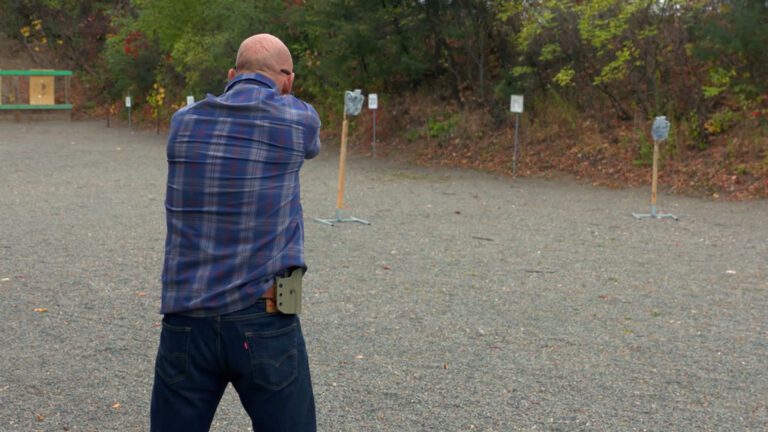
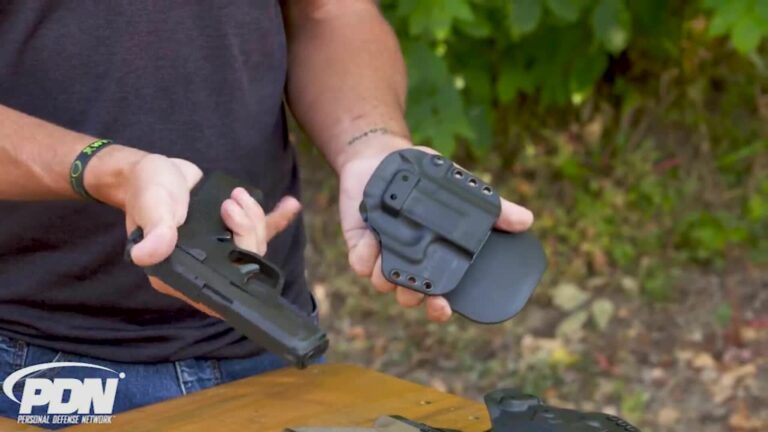
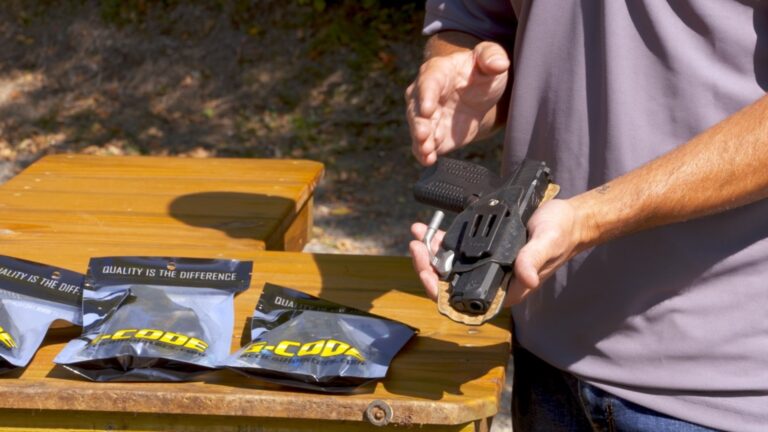
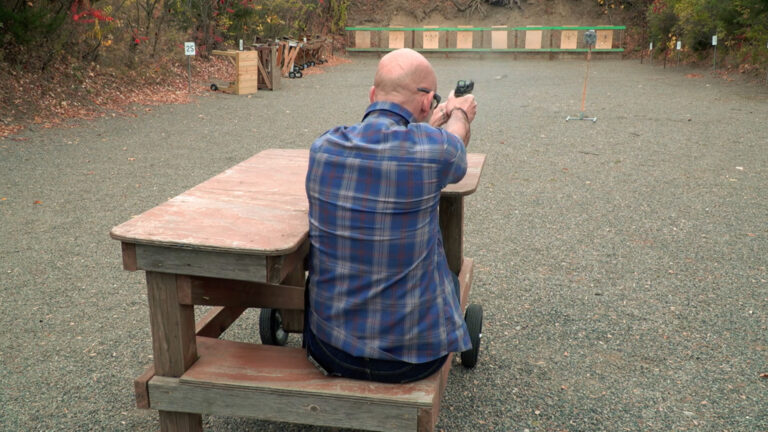

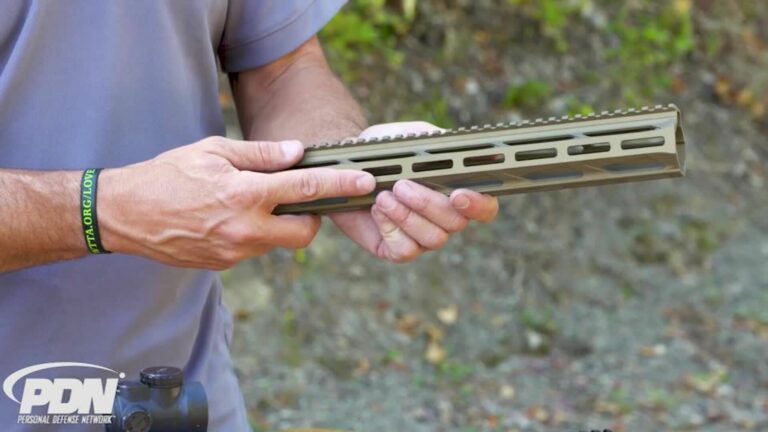
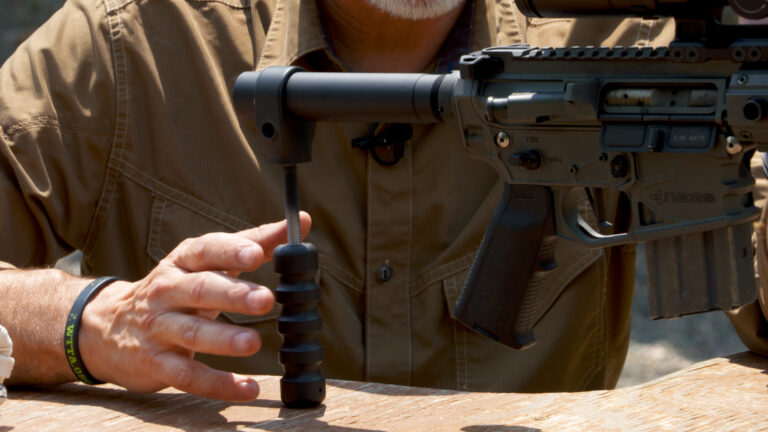
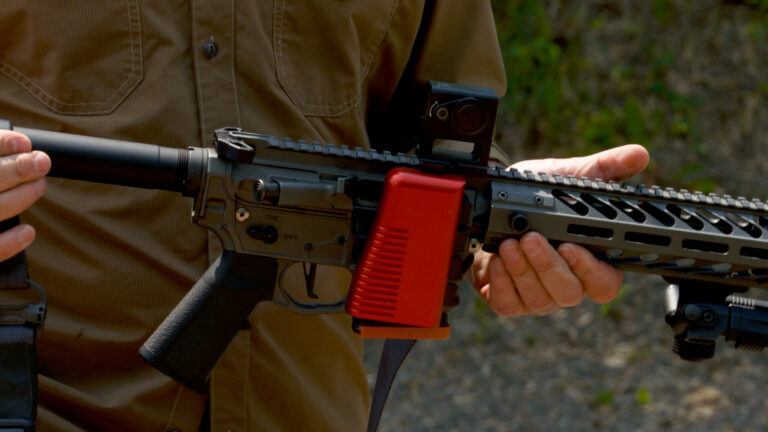
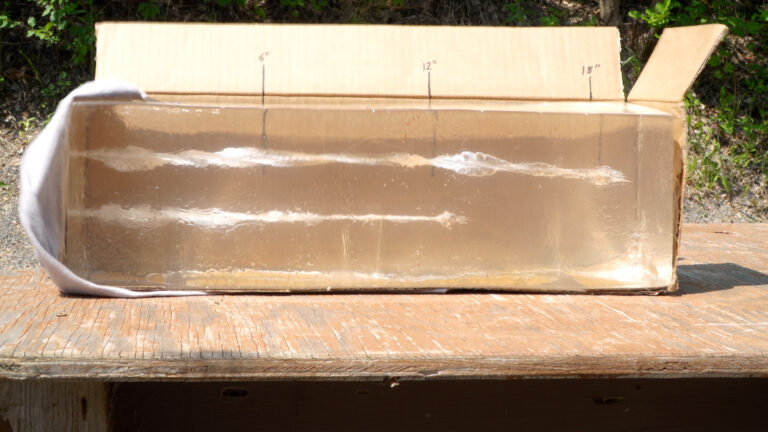
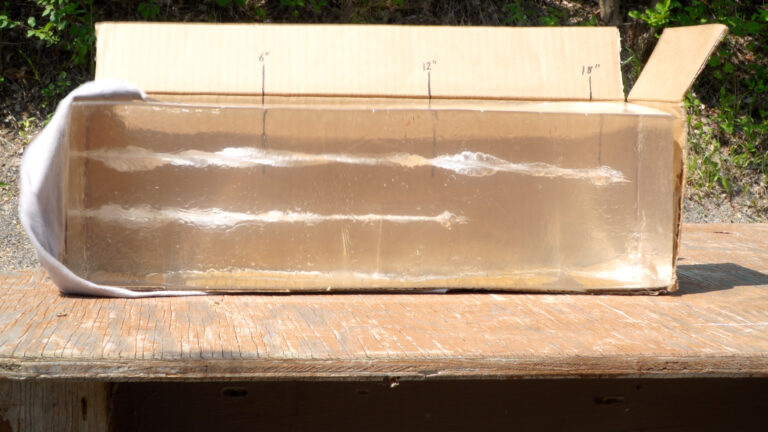
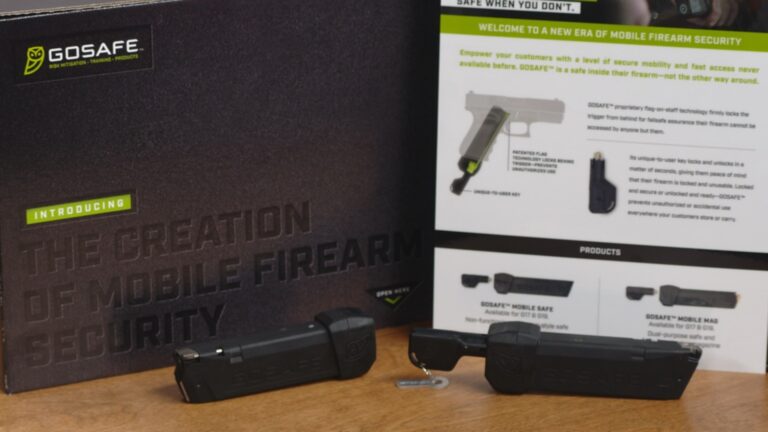
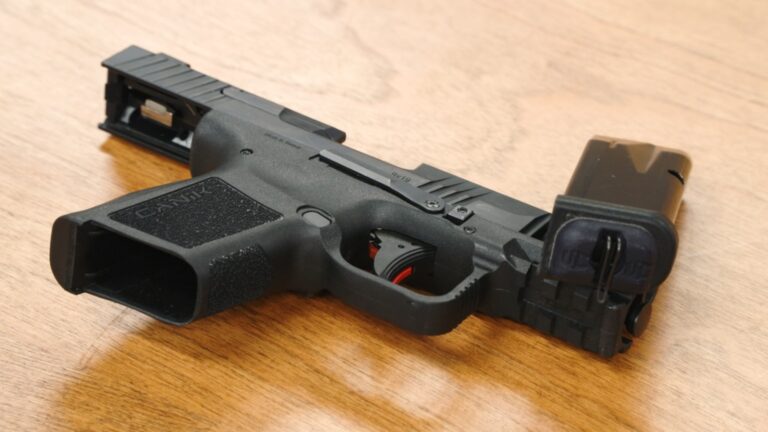
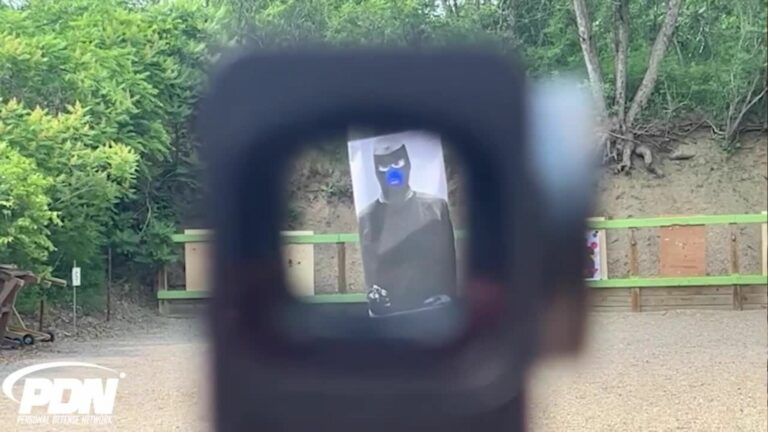
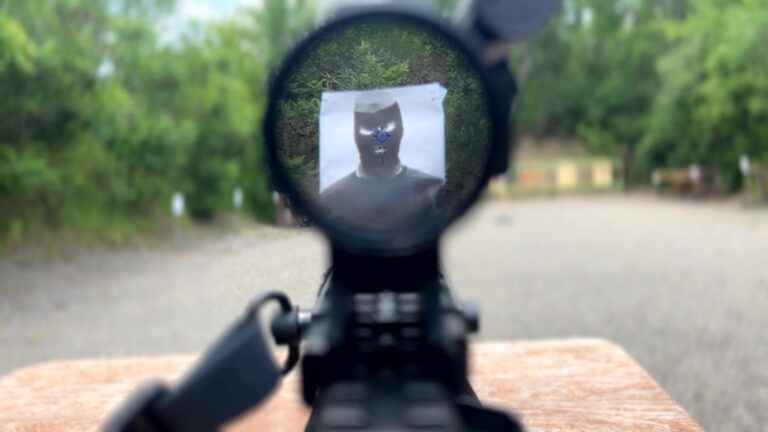
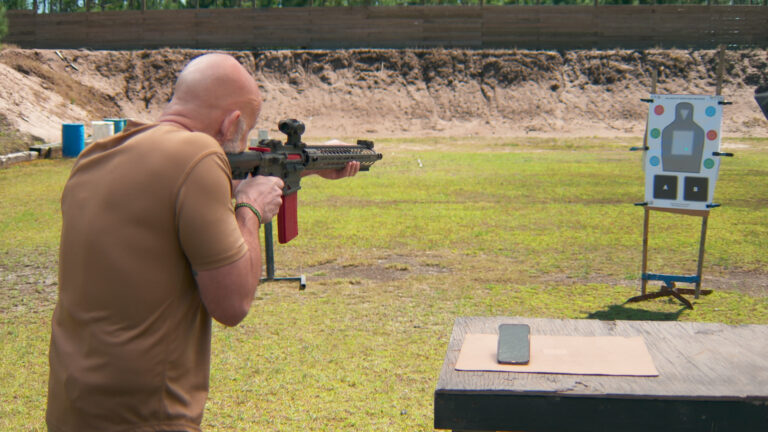


My biggest concern with the Green laser is that now your opponent can "trace" back to your location since green lasers usefulness is the ability to see the path of the laser. If he does not know your location and you turn on the green laser then he can easily trace where you are at. With the red laser you see a dot on your target and if he has a line of site to you he can see a do where you are but cannot see a line in the air to trace back to you.
Green isn't a primary color. It's tertiary.
As a vision scientist, I can tell you that night vision (rod vision) has peak sensitivity at about 540 nm (green light). This means that under dark condition your eye will be most sensitive to this wavelength because in the dark your eye uses rod photoreceptors for all vision. However, I will also tell you that exposing your dark adapted eye to light of this wavelength (green) will seriously reduce your night vision in those photoreceptors of the retina that are exposed (or see) this light. Sure, we are dealing with a dot, but I am not so sure I want to potentially handicapping my night vision by flashing an intense green light around. A red laser 640 nm, on the other hand will never ever cause this effect. You will never lose any night vision capability with a red light because the rods photoreceptors do not detect this wavelength. Yet, under really dark condition, shining this green laser in the eyes of an opponent would represent a tactical advantage for me because it would absolutely stun my opponent's night vision for a short time. Unfortunately for me, as long as the green laser is on, he could easily see exactly where to aim to shoot me. ls the green laser really better after all? Maybe for daylight only. I guess I had better buy both flavors and exchange them on my gun at sunset.
Useful information. Thank you.
Dr. William Thornton, of Westinghouse, found in the early 70's that the human eye can best discern colors at 450, 540 and 610 nm (the primary colors). Of these, the dominant is green (540 nm). This is why the best output color for night-vision systems is green, usually 555 nm.
It's clear that the green it better in this video. I would like to see a more indepth video of different senerios. How well will it perform in adverse weather (fog,rain,ect)? Also does the green fade on like colored objects (green shirt)? Thanks for the informative videos as usual.
Green layzer
You did not cover the difference in very cold or very hot weather---both may have significant impact---maybe in a future follow up video??
I noticed several weeks ago at the gun store were I work that the green laser was much brighter then the red. I brought this to the attention of the owner and we compared the two. Again the green much brighter.
I found this presentation excellent and informative. It is clear that the green lazer is the better choice. For those of us that have to save up for one it makes sense to wait the extra month or so to get the best equipment available.